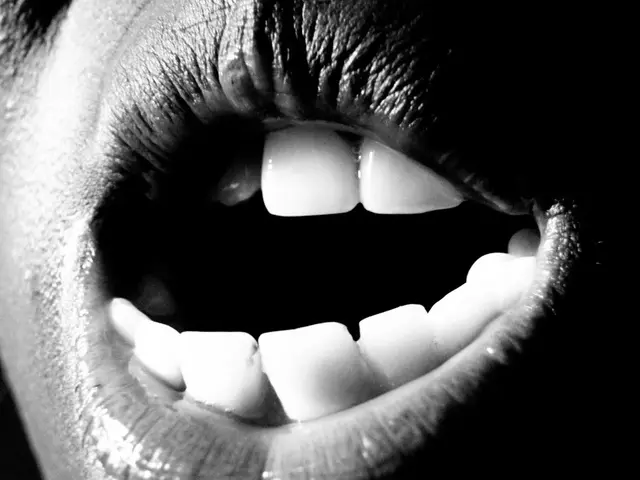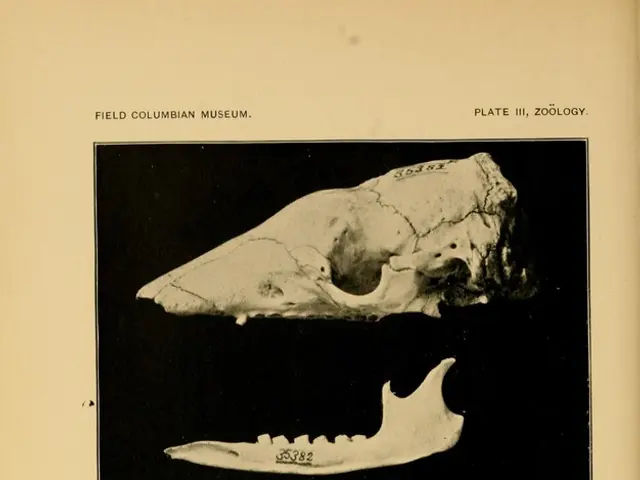Distinguishing between Hypertensive Retinopathy and Diabetic Retinopathy: Essential Insights
Hypertensive Retinopathy and Diabetic Retinopathy are two eye conditions that share some similarities but have distinct differences. Both conditions affect the retina, the light-sensitive tissue at the back of the eye, and if not managed properly, can lead to vision loss.
Hypertensive Retinopathy
Hypertensive Retinopathy occurs due to high blood pressure damaging the blood vessels in the retina. Symptoms may include blurred or distorted vision, sudden visual changes, retinal hemorrhages, cotton-wool spots, visible floaters, or flashing lights.
Managing high blood pressure is crucial for preventing and managing Hypertensive Retinopathy. Treatment often involves medications, lifestyle changes, and regular monitoring. In severe cases, laser therapy may be necessary. Maintaining a healthy lifestyle, including diet and exercise, is essential for prevention and management.
Diabetic Retinopathy
Diabetic Retinopathy, on the other hand, is caused by diabetes and involves damage to the blood vessels in the retina, often due to prolonged high blood sugar levels. Initially, the condition may be asymptomatic, but it can later cause blurred vision, floaters, flashes of light, and in advanced stages, severe vision loss or blindness.
Treatment for Diabetic Retinopathy includes eye injections to reduce swelling, laser therapy to seal leaking vessels, and surgery in advanced cases. Preventive measures focus on tight blood sugar control, regular eye exams, and adherence to diabetes management plans.
Similarities and Differences
Both conditions involve damage to the blood vessels in the retina and can lead to vision problems if not treated. The key difference lies in the underlying cause: Hypertensive Retinopathy is primarily caused by high blood pressure, while Diabetic Retinopathy is due to diabetes. Treatment strategies also differ, with hypertensive retinopathy focusing more on blood pressure control and diabetic retinopathy emphasizing blood sugar management.
Prevention and Management
Preventive measures for both conditions include maintaining a healthy lifestyle, controlling underlying factors, and regular monitoring. For Hypertensive Retinopathy, this means managing stress, limiting alcohol, quitting smoking, maintaining a healthy weight, and eating a heart-healthy diet. Regular exercise is also beneficial. For Diabetic Retinopathy, managing diabetes, taking medications to control high blood sugar, and monitoring blood pressure are essential.
Regular eye exams are crucial for early detection and treatment of both conditions, helping to prevent complications like retinal detachment and vision loss. Treatment for either condition may help prevent the conditions from worsening and help preserve vision.
In summary, both Hypertensive Retinopathy and Diabetic Retinopathy require early detection and management to prevent vision loss. The key to managing both conditions lies in maintaining control over the underlying factors—blood pressure for hypertensive retinopathy and blood sugar levels for diabetic retinopathy.
- Hypertensive Retinopathy, a condition caused by high blood pressure, can lead to blurred or distorted vision, retinal hemorrhages, and visible floaters, necessitating urgent medical attention and management.
- Diabetic Retinopathy, a chronic disease caused by diabetes, may initially be asymptomatic but can later cause severe vision loss or even blindness, emphasizing the importance of tight blood sugar control and regular eye exams.
- Both Hypertensive Retinopathy and Diabetic Retinopathy are chronic diseases affecting the retina, highlighting the critical role of science and medical advancements in understanding and treating these conditions.
- Regular monitoring, a crucial aspect in the prevention and management of Hypertensive Retinopathy and Diabetic Retinopathy, ensures early detection and timely treatment, contributing significantly to maintaining eye health and overall health and wellness.
- Maintaining a healthy lifestyle, through diet, exercise, and controlling underlying factors like blood pressure and blood sugar levels, not only aids in the prevention of Hypertensive Retinopathy and Diabetic Retinopathy, but also helps in the management of other chronic diseases and in overall health and wellness.




